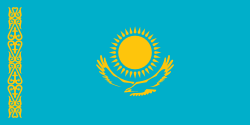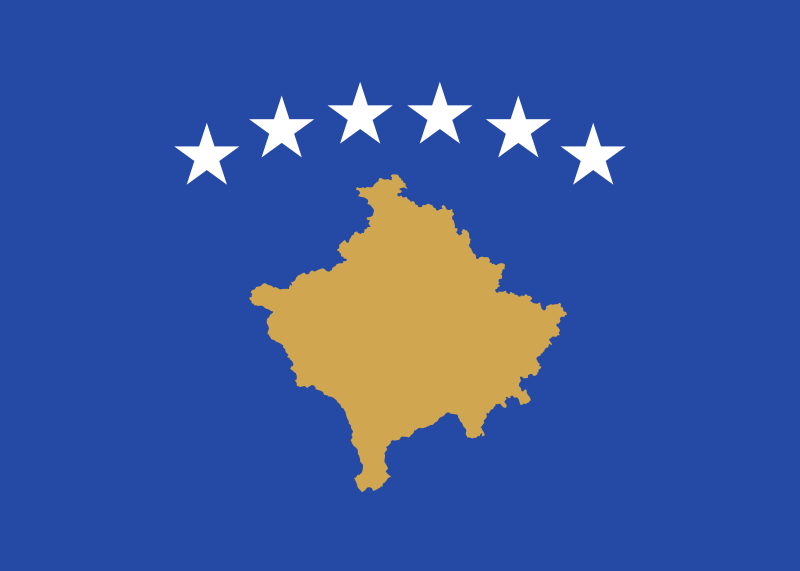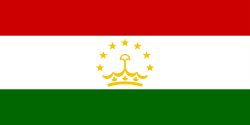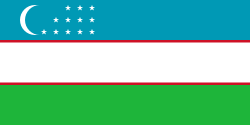General Information
Population
Immigration
Emigration
Working-age population
Unemployment rate
GDP
Refugees and IDPs
Citizenship
Territory
Migration Authorities
Responsible Body
Line Ministries
Agencies
Key Policy Documents
The Aliens and Immigration Act (Cap. 105)
The Law on the Prevention and Combatting of Trafficking and Exploitation of Human Beings and Protection of Victims
Equal Treatment in Employment and Occupation Law
Equal Treatment in Employment and Work Law
Law Fighting Racial and Other Discriminations
National Action Plan for the integration of third-country nationals legally residing in Cyprus
Description
Cyprus features diverse migration flows and ranks among the top three EU countries in terms of immigration and emigration rates in the past several years. Since the mid-1980s, following economic growth and the subsequent demand for foreign labour, Cyprus’ net migration has remained predominantly positive. With the shifting of migration routes to Europe and the signing of the EU-Turkey Statement in 2016, Cyprus also become one of the key destinations for asylum-seekers. The country remains de facto divided between the Republic of Cyprus and the Turkish Republic of Northern Cyprus and features a so-called ‘Green Line’, controlled by the United Nations.
Despite its contested borders, Cyprus is the desired destination country with a Potential Net Migration Index score of 13%. The higher level of immigration on par with the positive natural increase boosts the population growth. The preliminary results of the census 2021 reveal a 9.2% growth since 2011 with the population size reaching 918.100 in October 2021. Foreigners account for 21.1% of the population. Similar to many European countries, the population of Cyprus is ageing.
Emigration from Cyprus has fluctuated within the past decade, showing an upward trend since 2016. Yet, the share of Cypriot emigrants remained relatively low. In 2019, out of 17.371 emigrants, 2.090 were Cypriots, 7.099 were other EU citizens, and 8.184 were non-EU citizens. In 2020, the flow exceeded 21.000 persons, 12% of whom were Cypriot. Over the past three decades, emigration has been mainly driven by economic factors. The unemployment rate nearly tripled in Cyprus between 2005 and 2014. While it showed a relative decrease in recent years, amounting to just over 6% in 2021, unemployment continues to affect the youth disproportionately at a rate of over 14%. The growing emigration triggers the growth of incoming remittances that amounted to 2.1% of Cyprus’s GDP in 2022. The emigrant stock stood at 173.200 in the mid-year 2020. The main countries hosting emigrants from Cyprus included the United Kingdom, the United States, and Greece.
Cyprus is home to 193.300 foreign nationals, most of whom originate from the United Kingdom, Greece, Russia, and Ski Lanka. With 25.900 immigrants coming to the country in 2020, Cyprus recorded the second highest immigration rate relative to its population and the highest share of female migrants received in the EU. 53% of the flow comprised non-EU citizens, whereas 12% were citizens of Cyprus and 35% were citizens of other EU countries.
Economic considerations constituted strong pull factors for immigration to Cyprus, which correlates with the statistics on residence permits. In 2021, the number of first-time residence permits reached 22.190 (up from 16.910 in 2020), with nearly half of them issued for employment purposes, representing a consistent trend in recent years. Similarly, the number of all valid residence permits has also increased reaching 94.000 in 2021. The majority were issued for employment and other reasons (32 and 35% respectively), followed by 15% issued for family purposes and 10% related to refugee status or subsidiary protection. Overall, immigrants, most of whom work in services, industry and agriculture, constituted 28.8% of the total labour force of Cyprus.
Investment opportunities were also among strong immigration incentives. The Republic of Cyprus run a programme that granted residency and citizenship by investment in real estate, which was operational between 2013 and 2020. An estimated 2.351 third country nationals, mainly from Russia, China and Ukraine, acquired EU citizenships through this scheme between 2017 and 2019. In 2020, 2.700 acquired citizenship, 85.2% of whom were non-EU nationals.
Cyprus is also home to 242.481 internally displaced persons from its history of conflict. Following the Turkish invasion of Cyprus in 1974, Turkish Cypriots residing in the south moved to the North, while Greek Cypriots residing in the north moved to the South of the ‘Green Line’ as part of the population exchange facilitated by the United Nations. The Republic of Cyprus recognizes the descendants of formerly internally displaced as ‘refugees’ and provides some limited benefits to them.
In recent years, a growing number of irregular migrants and asylum-seekers have frequented Cyprus. Since 2019, the country had the highest number of asylum-seekers per capita in the EU. In 2021, 13.773 asylum applications were submitted with 18.808 applications pending and an 81.4% rejection rate. Asylum-seekers mainly came from Syria, Congo, and Nigeria, followed by Pakistan and India. In 2021, Cyprus hosted over 16.000 recognised refugees, most of whom came from Syria.
A large proportion of asylum seekers enter the Republic of Cyprus irregularly from the northern part of the island controlled by Turkey, however, arrivals by boats directly to the southern part controlled by the Republic are also part of the picture. In 2020 alone, Cypriot authorities performed nine pushbacks of boats that had departed from Turkey and Syria, carrying mainly Syrians, Lebanese and Palestinians. With over 10.000 detections, the number of irregular migrants has significantly increased in 2021 compared to 2020. Moreover, the same number has already been recorded in the first half of 2022. The number of persons found to be illegally present and those ordered to leave in 2021 reached a ten-year maximum of 11.175 and 15.985 respectively, while the return rate has dropped to its lowest with 13%. The Civil Registry and Migration Department assists returning migrants by providing financial aid (300 EUR per person) and return tickets.
In 2022, following the Russian invasion of Ukraine, Cyprus started granting temporary protection to Ukrainian nationals and people holding international protection in Ukraine who resided in Ukraine before 24 February 2022. By May 2022, over 16.500 Ukrainians had already arrived in Cyprus, many of whom received material support from the Ukrainian diaspora, which was estimated at around 5.000.
In the northern part of Cyprus, emigration followed similar patterns except for Turkey replacing Greece as the main destination country. At the same time, immigration trends feature some differences. Since Turkey established control over the northern part of the island, people from Turkey were en masse resettled there. According to the 2011 census, as many as 286.257 people lived on that part of the island. Of them, 66.5% held citizenship of the ‘Turkish Republic of Northern Cyprus’, a political entity recognized only by Turkey. The majority of immigrants came from Turkey and the United Kingdom followed by Turkmenistan, Nigeria, Iran, Pakistan, Bulgaria, and Azerbaijan. Many of them are employed in seasonal work in loosely regulated sectors such as agriculture, construction, domestic work, and sex work. The majority of sex workers, who come from Central Asia, Eastern Europe and Africa, are subjected to human trafficking. Asylum-seekers are automatically detained due to the lack of a domestic refugee determination process. Some are assigned refugee status by UNHCR in Cyprus, yet many are returned to Turkey. It has been reported that Syrians deported to Turkey by the Turkish Cypriot administration face a higher risk of deportation to Syria. Nevertheless, northern Cyprus has become a transit space, especially for Syrians and Iraqis, as the Green Line became the de facto border of the EU in recent years.
In late 2018, EASO (EUAA as of 2022) increased its technical and operational support to Cyprus on issues such as improving reception conditions. Since 2019, Frontex also increased its cooperation with Cyprus on registration, fingerprinting and return. In 2021, Cyprus entered an agreement with Israel to install a monitoring system to improve the steering of the crossings across the Green Line that divides the island. On 21 February 2022, the European Commission, EUAA, Frontex and Europol agreed to cooperate to manage irregular migration to the island.
In 2020, Cyprus revised its Migration and Asylum Strategy to curb the number of admissible asylum applications and make the refugee status determination procedure more efficient. A new list of safe countries of origin featuring 29 states was released, among other measures. In 2021, a new National Plan for the Integration of Migrants with a focus on social integration and employability of third country nationals was announced. The Republic of Cyprus endorsed the Global Compact for Migration.
Relevant Publications



















































